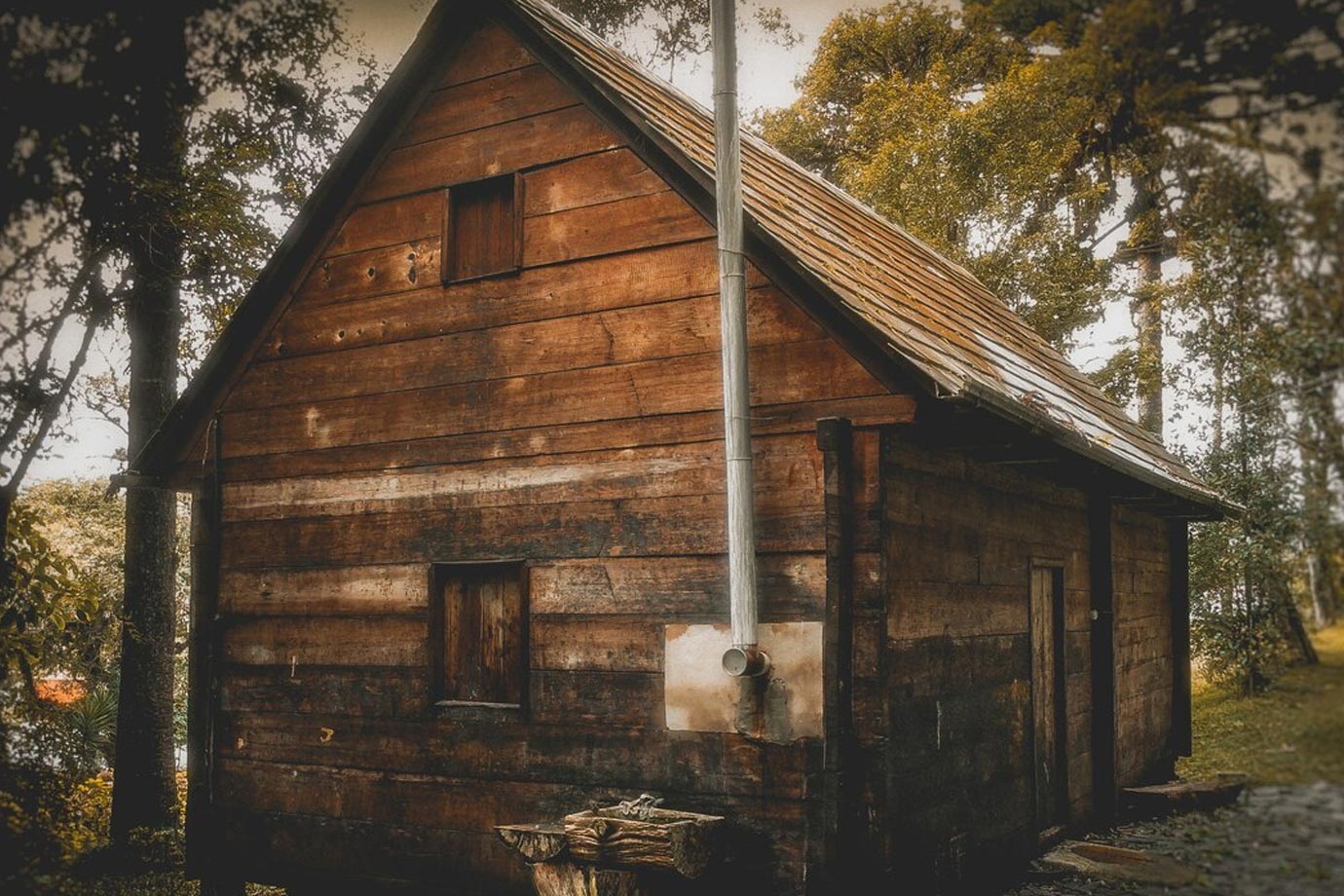Rustic style is a design emphasis on rugged, natural beauty. It embraces nature-inspired textures, simple and earthy colors, and ultimately an unpretentious, organic warmth. While it may not suit every taste or space, rustic style is deeply rooted in a love of the outdoors and makes a welcoming environment that feels both lived-in and relaxed.
Defining Rustic Style: Rustic style is often characterized by the rustic furniture and decor items that are often handmade from natural materials. The style is known for its use of wood, stone, and metal, with an emphasis on rugged, natural textures and simple, earthy colors. The overall feel is one of aged comfort and casual homeliness.
Materials and Textures: The materials used in rustic design are pivotal in defining its character. Wood, with its exposed grains and imperfections, suggests a close connection to nature. Stone adds a strong, grounding element that ties the space to the earth, while metals are typically worn or patinated, contributing to the overall organic feel.
Color Palette: The rustic color palette is typically understated, drawing from a range of neutrals based on natural elements. Browns, greens, grays, and beiges are predominant, offering a soothing, calming environment that encourages relaxation. Accents might come in the form of muted blues or muted reds, providing a subtle contrast to the natural hues.
Furniture: Rustic furniture tends to be sturdy and robust. Pieces are often oversized and made of solid wood, with a focus on longevity and timelessness. Fabrics are typically natural like cotton, linen, and wool, which add to the tactile experience of the rustic style.
Decor: In rustic decor, less is more. The focus is on quality over quantity. Decor items are often functional, like pottery, woven baskets, and hand-forged metalwork. Accessories are kept to a minimum to keep the space uncluttered and breathable.
Architecture: Architecturally, rustic homes may feature exposed beams, vaulted ceilings, and wood paneled walls. These elements help to make the structure itself a part of the decor, emphasizing the connection to nature. Large windows that allow for views of the surrounding landscape are also common, helping to blend the indoors with the outdoors.
Outdoor Spaces: The rustic style extends beyond the interior of a home. Outdoor spaces are considered an extension of the living area, with furniture and decor that withstand the elements while still promoting comfort and beauty. Landscaping is typically natural and unmanicured, reinforcing the wild, organic feel of the rustic aesthetic.
Lifestyle: Ultimately, rustic style is more than just a look; it’s a lifestyle. It promotes a slower pace of life, encouraging time spent with family and friends, often around a roaring fire or a hearty meal. It’s about comfort and practicality, a retreat from the fast-paced modern world.
Rustic style offers a unique blend of age-old traditions and natural materials that create environments that are not only beautiful but deeply relaxing. It’s a timeless style that celebrates simplicity, craftsmanship, and the inherent beauty of the natural world.

Leave a Reply